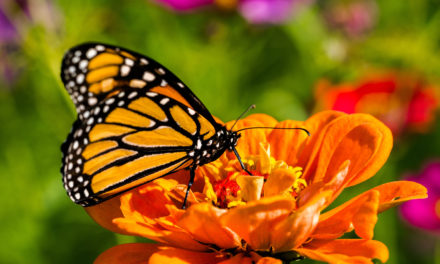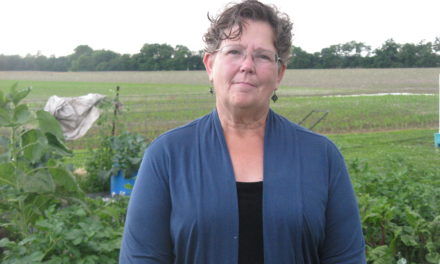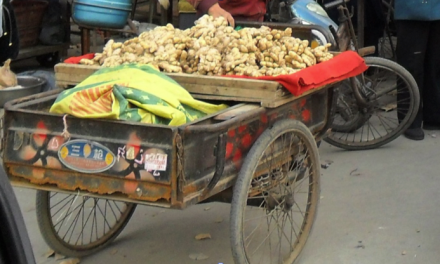Have you considered planting an asparagus bed? It is a fantastic addition to any garden. Just a little time prepping will reap benefits for years. Some considerations will make your bed more productive at which you only get one shot. An adequately planted bed of asparagus will yield a harvest for over twenty years. The site selection is critical as you are not moving it once planted. The choice of variety can wait until spring, but fall is the time for site planning and soil prep.

The site of your asparagus bed will dictate your level of success. Even though you plant them deep, they do not like their “feet wet” so choose a well-drained area. The site we picked is at the end of our property. It has good drainage, adequate sunlight, some shelter from the horrific southern winds of winter, and is sloped so that I can extend my harvest. How does the slope help? With the downward grade, the plants set at the top of the bed will mature slower than the ones at the bottom where it will warm slightly faster. I am planting an early hybrid and a later one to extend the weeks of harvest so that I have more time to preserve the fruit.
When contemplating planting, think of microclimates. On your property are “mini-climates” or variances in light, airflow, soil pH, and drainage/water. After careful consideration of factors such as the east wind breaking in the gulley, and the trees will not be in full leaf, to filter more sunlight when the asparagus spears are emerging, we chose this site.
 Since we will not move this bed, we also consider how easy it would be to mow around and water. I will install at least a cattle panel in the rear of the bed to allow me to protect it when the farmer sprays his crops. If it’s windy, his weed killer could take out the entire bed.
Since we will not move this bed, we also consider how easy it would be to mow around and water. I will install at least a cattle panel in the rear of the bed to allow me to protect it when the farmer sprays his crops. If it’s windy, his weed killer could take out the entire bed.
One thing we did not consider but should is surviving pests from the farmer’s field. On this corn leaf are aphids. The silo corn was turning brown from the devastation caused by an infestation of aphids. Fortunately for my asparagus bed on the left, the leafhoppers and aphids have too far of a leap to attack my tender plants.
After careful thought, till up your site for next year’s planting and after removing the sod and weeds, plant a cover crop such as clover. I hope you will join the ranks of gardeners who will feast on a delicious harvest fresh from their asparagus beds.
Hope this was helpful. Be blessed! Ann May






